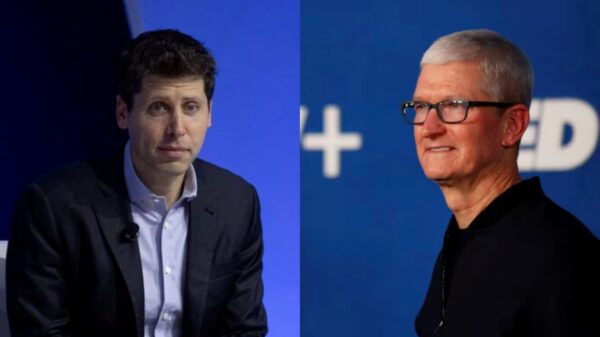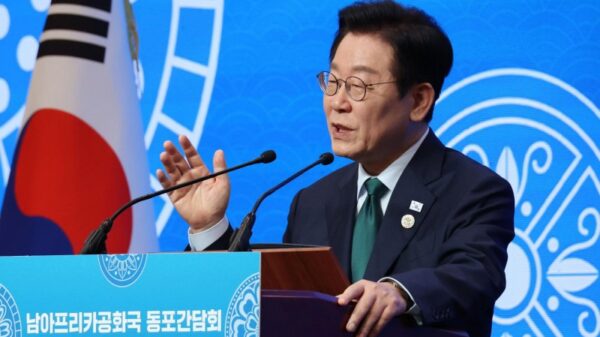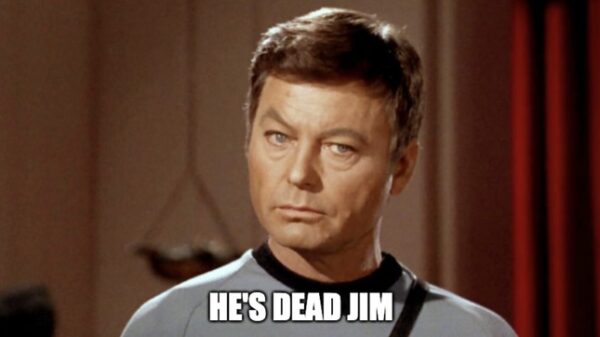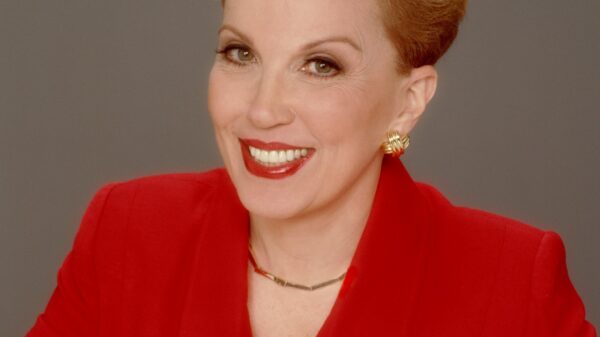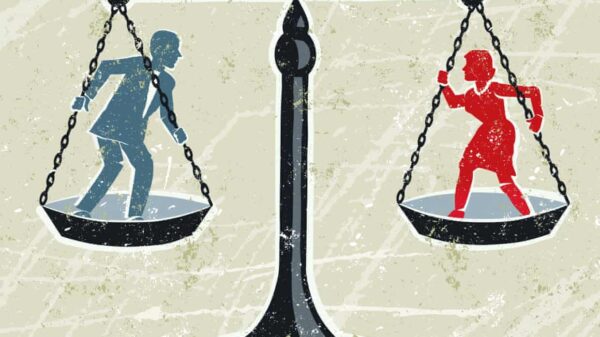Federal Reserve Bank of Kansas City President Mary Logan expressed her preference to maintain current interest rates during a recent meeting. As a voting member of the Federal Open Market Committee (FOMC) in 2026, Logan’s stance aligns with that of her predecessor, Esther Schmid, who will lose her vote next year. Logan stated that she would have voted to keep rates unchanged this week and indicated her desire for stability through December.
Logan’s comments come as the market currently anticipates a 68% likelihood of a rate cut in December. This statistic highlights the ongoing tension between market expectations and the Federal Reserve’s monetary policy direction. With inflation and economic growth remaining focal points of discussion, Logan’s hawkish position suggests a commitment to cautious fiscal management.
Logan’s Position on Interest Rates
In her remarks, Logan emphasized the importance of evaluating economic indicators before making any changes to interest rates. She noted that while there are pressures to adjust rates, it is crucial to consider the broader economic landscape.
Logan’s approach reflects a consensus among some Federal Reserve members who advocate for a measured strategy in response to inflationary trends. She stated, “It is essential to prioritize economic stability and avoid abrupt shifts that could unsettle the market.” This perspective aligns with the views of other Federal Reserve officials who are wary of potential economic repercussions from too swift a policy change.
Market Reactions and Future Implications
The anticipation of a rate cut has led to fluctuations in financial markets, with investors closely monitoring the Federal Reserve’s next moves. The potential cut could influence borrowing costs and consumer spending, key components of economic growth.
Financial analysts are divided on the implications of Logan’s statements. Some believe her position may signal a shift in the Federal Reserve’s approach to interest rates, while others argue that the central bank must remain adaptable to changing economic conditions. As the December meeting approaches, the debate over the appropriate course of action is expected to intensify.
Logan’s comments serve as a reminder of the balancing act faced by central banks in navigating economic uncertainty. With her upcoming role in the FOMC, her influence will be crucial in shaping monetary policy in the coming year. As the Federal Reserve grapples with inflation, growth, and market expectations, Logan’s advocacy for steady rates could play a pivotal role in the institution’s decision-making process.




